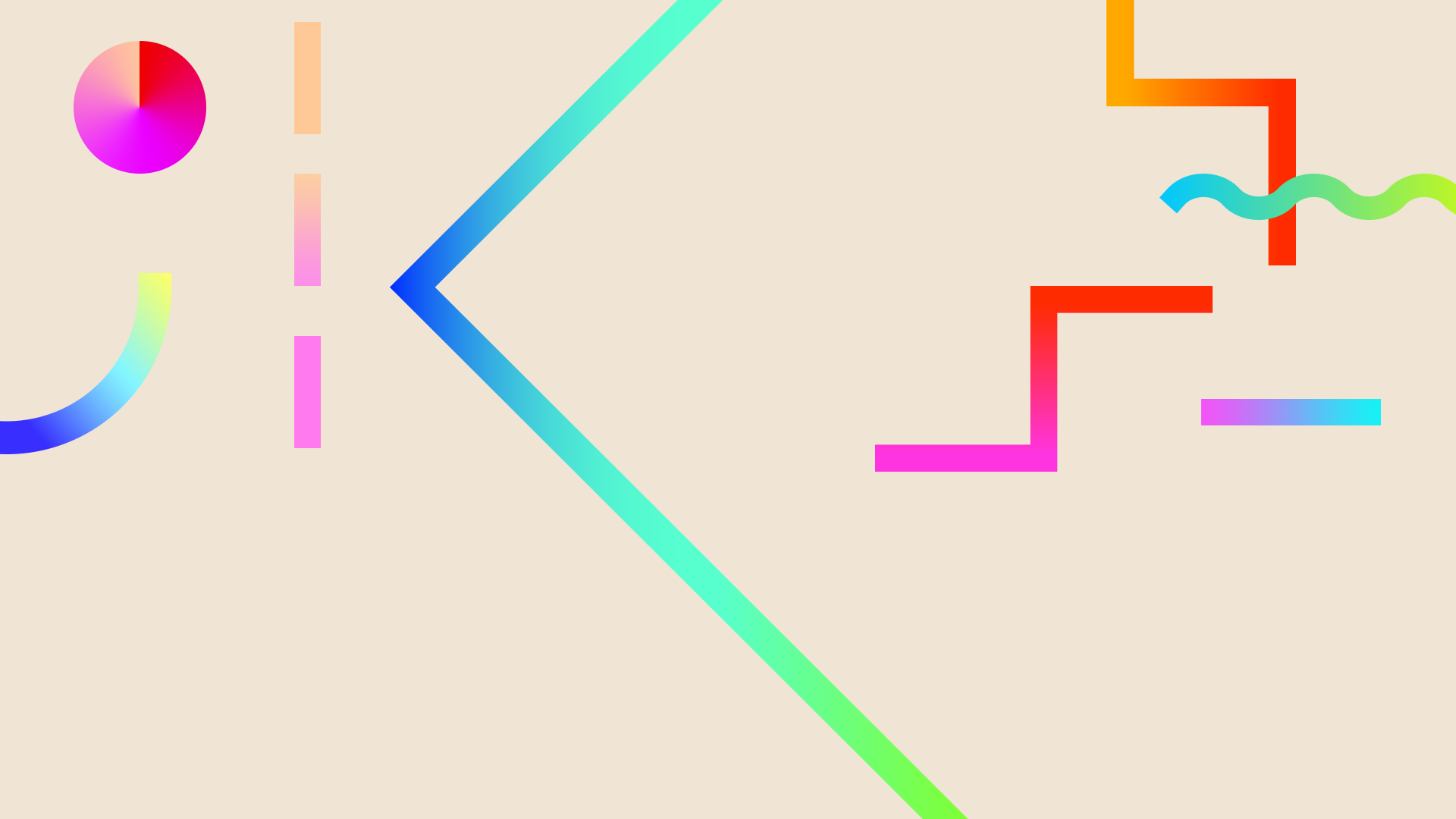How does user research help you identify the right problem?
- Kashish Pahwa
- Aug 22, 2021
- 2 min read
Product managers make people love products that add value to their current ecosystem, solve their everyday problems, and caters to specific pain points and hurdles.
Over time competitors try and solve the same set of problems, that's when a product manager has to gear up, identify new pain points and introduce product features to keep evolving with the changing trends.

There are two primary business goals:
Design it right
Design it the right way
If we have to zero down on the most critical question it would be: What is the problem we are trying to solve?
In some cases, the problem might be obvious user discovery research done well is very likely to uncover new insights into your users’ journeys. Spending time and energy on user research is practically one of the best investments any company can make in these changing digital times.
Some tips and tricks that you should keep in mind for conducting well-balanced user research:
Set aside pre-existing notions
Talk to people and ask open-ended questions
Employ a variety of methods—journey maps and empathy maps are especially helpful
Involve key designers in the research process.
The greater overall understanding and collective empathy your team develops for your users, the more likely you will be able to get closer to the actual problem.

How to get to the Root Cause of the problem?
Understand the industry and the macro-environment
Understand your organization
Observe the emerging trends and analyze the competition
Carefully identify the target users.
Dig deep into the existing features
There is a common misconception that adding more features to the application/product would result in bringing more users to your platform! Features and upgrades need to be meticulously planned and conceptualized.

Let's now get to the last phase of user research and discovery: What's the most effective way to solve the problem?
Tackling the second business goal: "Design it the right way" will help your organization get to designing, prototyping, and testing. Figuring out the best solution in hand it is important to recognize that quantitative and qualitative methods align differently: quantitative methods can indicate the extent of a problem, while qualitative research is needed to understand why users are experiencing the problem.
The Ikea effect is also relevant as you design and build your product. Once again, there is a risk of becoming attached to particular designs. This is where keeping the user at the center of the design process is key to success. A solid framework is needed for incorporating user research into your design process.

Significantly do user research at all stages of your product life-cycle, the three good reasons being:
Do user research to ensure that you create products that are truly relevant to your target group.
Do user research to ensure that your products deliver a great user experience.
Do user research to show the ROI of your design efforts.
Check out the holy trinity approach that can keep you three steps ahead as every dimension of your release will have been considered, analyzed, and tested before you sit down to see the results of the ultimate test.





Comments